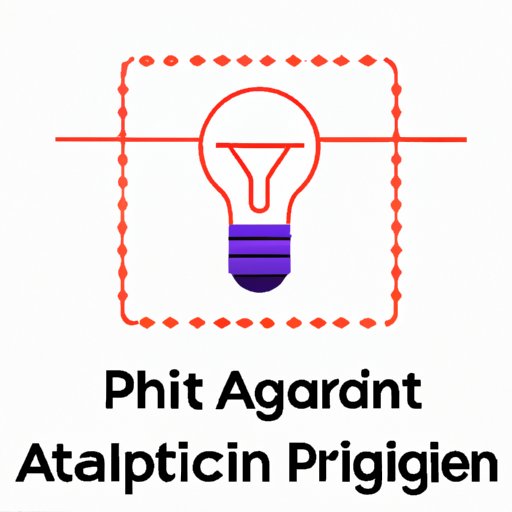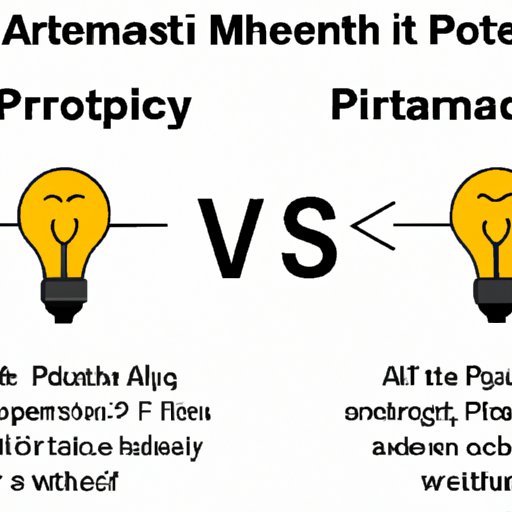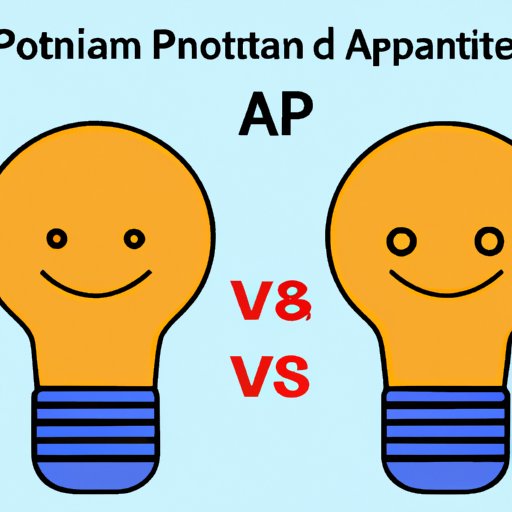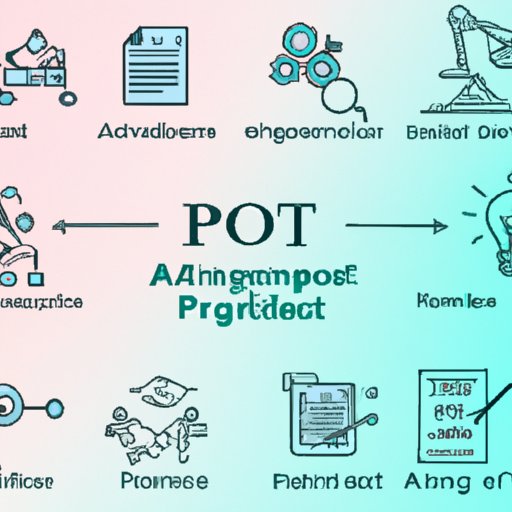Introduction
Artificial intelligence (AI) algorithms are responsible for many of the innovative advancements in technology seen today. From self-driving cars to facial recognition software, AI algorithms have revolutionized modern society. But can you patent an AI algorithm?
Patenting an AI algorithm is possible, but there are certain legal requirements that must be met. It’s important to understand the process of patenting an AI algorithm, as well as the associated costs and benefits, before attempting to do so. This article will explore the legal process of patenting an AI algorithm, the requirements for obtaining a patent, the advantages and disadvantages of doing so, and how to determine if an AI algorithm is patentable.

What You Need to Know Before Patenting an AI Algorithm
Before attempting to patent an AI algorithm, it’s important to understand the legal process involved. In order to obtain a patent, the invention must meet three criteria: novelty, non-obviousness, and utility. The invention must also be defined in such a way that it can be reproduced or otherwise used by someone else.
It’s also important to understand the costs and benefits associated with patenting an AI algorithm. According to a 2019 study by the World Intellectual Property Organization, “the cost of filing a patent application is usually several thousand dollars, and the fees associated with prosecuting the application may add up to several more thousand dollars.” Additionally, the study found that “the cost of maintaining a patent can range from hundreds of dollars to tens of thousands of dollars over its lifetime.”
On the other hand, obtaining a patent can provide a number of benefits, including the ability to prevent competitors from using your invention and the potential to generate significant licensing revenue. According to the same study, “the value of a patent can range from a few thousand to several million dollars.”
Protecting Your AI Algorithm with a Patent
Once you have determined that your AI algorithm meets the criteria for patentability, you can begin preparing the necessary documentation. This includes a written description of the algorithm, as well as any relevant drawings or diagrams. Additionally, you will need to provide evidence that the algorithm is novel, non-obvious, and useful.
Next, you will need to file a patent application with the United States Patent and Trademark Office. This process can take several months, depending on the complexity of the algorithm and the volume of applications currently being processed by the office.

How to Determine if an AI Algorithm is Patentable
In order to determine if an AI algorithm is patentable, it must meet the criteria of novelty, non-obviousness, and utility. Novelty means that the algorithm must be something that has not been previously disclosed or used. Non-obviousness means that the algorithm must be something that would not be obvious to someone skilled in the art. Finally, utility means that the algorithm must have some practical use.
Additionally, it’s important to research prior art when attempting to determine if an AI algorithm is patentable. Prior art is any material that was publicly available before the date of invention. This could include publications, patents, or even publicly available software. If prior art exists that is similar to the algorithm in question, then it may not be eligible for patent protection.

Pros and Cons of Patenting an AI Algorithm
Patenting an AI algorithm can provide a number of benefits, including the ability to prevent competitors from using your invention and the potential to generate significant licensing revenue. Additionally, obtaining a patent can help to protect your intellectual property rights and give you peace of mind knowing that your invention is legally protected.
However, there are some potential drawbacks to patenting an AI algorithm. For example, the process can be complex and time consuming, and the cost of filing and prosecuting a patent application can be considerable. Additionally, obtaining a patent does not guarantee that the invention will be successful; it simply provides legal protection against infringement.
Conclusion
Patenting an AI algorithm is possible, but it’s important to understand the legal process involved, as well as the costs and benefits associated with doing so. The algorithm must meet the criteria of novelty, non-obviousness, and utility, and it must be defined in such a way that it can be reproduced or otherwise used by someone else. Additionally, prior art should be researched to ensure that the algorithm is patentable. Ultimately, the decision to patent an AI algorithm is up to the individual inventor, and they should weigh the potential pros and cons before making a final decision.
(Note: Is this article not meeting your expectations? Do you have knowledge or insights to share? Unlock new opportunities and expand your reach by joining our authors team. Click Registration to join us and share your expertise with our readers.)
